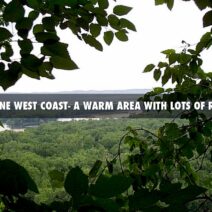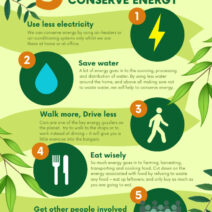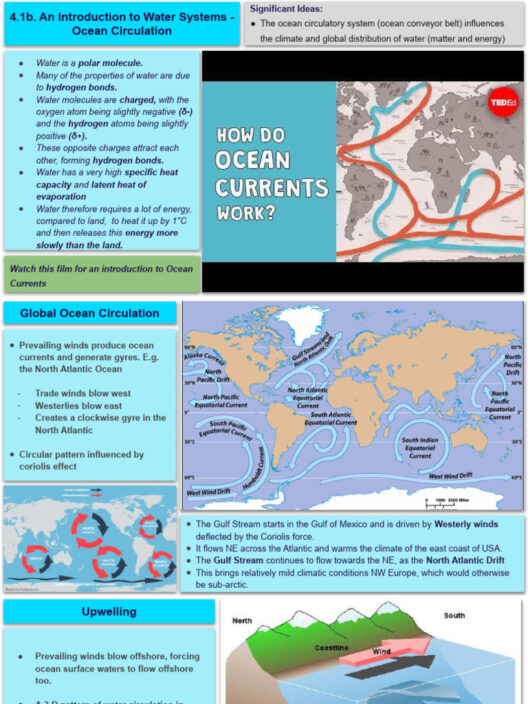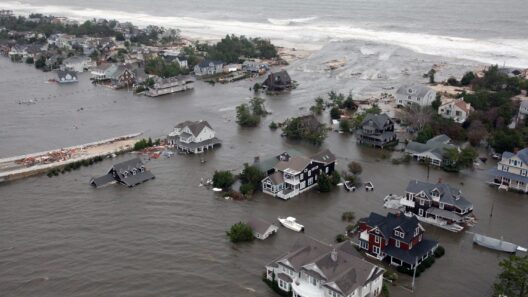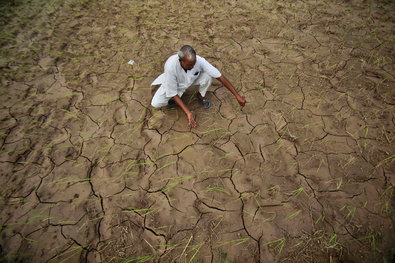Wildfires have long been a natural phenomenon that can, under certain conditions, rejuvenate ecosystems. However, as climate change accelerates, the relationship between wildfires and global warming has become increasingly concerning. Understanding this vicious cycle is essential to grasp the escalating impacts of climate change on our environment.
To begin, it is crucial to comprehend the mechanics of wildfires. Fires ignite in dry vegetation, fueled by heat and oxygen. They can spread rapidly, engulfing areas with devastating efficiency. In regions experiencing prolonged droughts, wildfires become not just probable but inevitable. As the planet warms, the frequency and intensity of these fires are exacerbated, creating a dire landscape where flames consume vast stretches of natural habitat.
When wildfires occur, they release a significant amount of greenhouse gases, primarily carbon dioxide (CO2) and methane (CH4), into the atmosphere. These gases contribute directly to global warming by trapping heat—a phenomenon known as the greenhouse effect. According to research, wildfires contribute to approximately 10% of all global carbon emissions, a figure that is likely to rise as fire seasons lengthen and environments become more susceptible to ignition.
The cycle begins with rising temperatures, which lead to drier conditions and increased flammability of vegetation. As more vegetation dies off due to unusual heat and aridity, the available fuel for wildfires grows exponentially. When these fires occur, the combustion of organic materials releases carbon, worsening atmospheric conditions. This heightened concentration of greenhouse gases contributes to further temperature increases, creating a feedback loop in which wildfires become both a cause and an effect of climate change.
In addition to CO2 and CH4, wildfires emit particulate matter—tiny particles that can have devastating effects on air quality and human health. Smoke from wildfires carries these particulates over long distances, impacting urban areas far removed from the actual fire. This not only has immediate health implications for local populations but also affects weather patterns and atmospheric conditions globally.
Moreover, the destruction of vast forests and grasslands during wildfires reduces the planet’s overall carbon storage capacity. Forests act as significant carbon sinks, absorbing CO2 from the atmosphere through photosynthesis. When these forests are destructed, not only is this carbon storage lost, but the already released carbon compounds further amplify global warming effects. Thus, what remains after a wildfire is often a barren landscape, less capable of sequestering carbon compared to the dense forest that once thrived there.
The implications of such destruction extend beyond mere atmospheric changes; they also affect biodiversity and ecosystem services. Many species rely on stable environments, and wildfires disrupt their habitats, forcing migrations that can result in population declines. The loss of species can lead to further ecological imbalance, damaging the very fabric of the natural world that supports life on Earth.
Wildfires also condition soil integrity. Intense heat can create a hydrophobic layer in the soil, rendering it less absorbent to water. This not only inhibits the regeneration of flora after a fire but exacerbates runoff and soil erosion issues. As soil quality declines, it becomes more challenging for ecosystems to recover, making them increasingly vulnerable to subsequent fires. This perpetual degradation leads to a deterioration of natural resources essential for human survival.
In many regions, particularly those susceptible to wildfires like the western United States, policymakers and scientists are working on adaptive management strategies. These include controlled burns and the strategic thinning of forests to mitigate the risk of uncontrollable wildfires. Understanding the interactions between climate change and wildfires is crucial in creating effective response plans to protect both human populations and natural landscapes. An informed public can take action by advocating for sustainable land management practices and supporting policies aimed at addressing climate change.
The menace of wildfires invokes a transformation in our global climate narrative. It shifts our perspective from viewing wildfires as mere environmental accidents to recognizing them as integral components of a larger climate crisis. By examining the interconnectedness of natural events, we gain insight into how each element—be it a small forest fire or sweeping climate policy—plays a vital role in our ecosystem’s health.
Engaging in conversations about the interplay between wildfires and global warming is essential. The stories of communities devastated by fire should serve as warnings, urging us to revaluate our relationship with the environment. As we confront the realities of climate change, we must recognize the urgency of our actions.
In conclusion, wildfires are not just spontaneous blazes; they are complex events deeply integrated into the narrative of climate change. The flames that rage across our landscapes tell a tale of ecological struggle and resilience. Understanding how wildfires contribute to global warming emphasizes the importance of taking action—both locally and globally—to mitigate the impacts of climate change. The stakes have never been higher, and it is imperative that we shift our thinking from passive observers to active participants in preserving our planet’s future.
